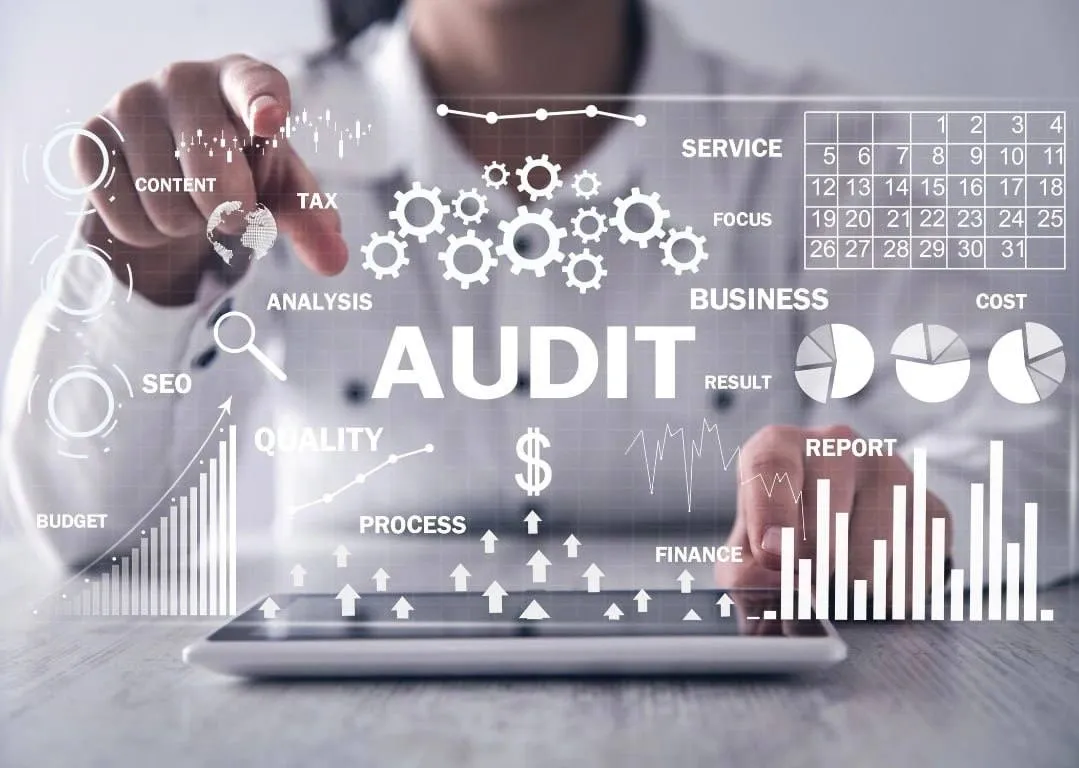
Smart contracts have become an integral part of blockchain technology, offering automated and decentralized execution of agreements. However, ensuring the security of these self-executing contracts is paramount. In this post, we’ll delve into the process of auditing smart contracts to identify and mitigate potential vulnerabilities.
Introduction to Smart Contracts and Their Significance
Before diving into the audit process, it’s crucial to understand the significance of smart contracts. These digital agreements, powered by blockchain, automate and enforce the execution of predefined rules. They find applications in various sectors, from finance to supply chain management, offering transparency and efficiency.
Understanding the Risks: Common Vulnerabilities
Smart contracts are not immune to risks, and auditing is essential to uncover potential vulnerabilities. Common risks include code vulnerabilities, immutability challenges, and reliance on external data sources (oracles). Security issues like reentrancy attacks, integer overflow/underflow, and denial-of-service (DoS) attacks are also prevalent.
Smart Contract Development Basics
To effectively audit smart contracts, one must understand their development basics. This includes familiarity with smart contract languages such as Solidity and tools like Remix and Truffle. A grasp of the code structure, functions, and variables is essential for identifying potential vulnerabilities during the audit.
Steps in Smart Contract Auditing
1. Code Review
Conduct a meticulous review of the smart contract’s code. Look for common issues like coding errors, logic flaws, and adherence to best practices and standards.
2. Static Analysis
Employ static analysis tools like MythX, Slither, and Securify to automatically scan the code for potential vulnerabilities. These tools can help identify issues early in the process.
3. Dynamic Analysis
Simulate the execution of the smart contract with various inputs and scenarios. Dynamic analysis helps uncover runtime vulnerabilities and assess the contract’s behavior in different conditions.
4. Security Standards
Compliance Ensure that the smart contract adheres to recognized security standards such as Ethereum Smart Contract Best Practices (SWC) and ConsenSys Guidelines.
5. Documentation Review Review
the documentation for accuracy and completeness. A well-documented smart contract enhances transparency and aids in the auditing process.
6. Third-Party Audits
Consider engaging external security experts or auditing firms for an independent audit. External auditors bring expertise and a fresh perspective to the process.
Conclusion:Empowering Secure Smart Contracts
In conclusion, auditing smart contracts is a critical step in ensuring the security and reliability of blockchain applications. By following the steps outlined in this guide, developers and organizations can identify and address potential vulnerabilities, ultimately empowering the widespread adoption of secure smart contracts.
Remember, security is an ongoing concern, and regular audits are essential, especially with updates or modifications to smart contracts. A proactive approach to auditing contributes to a robust and trustworthy blockchain ecosystem.







